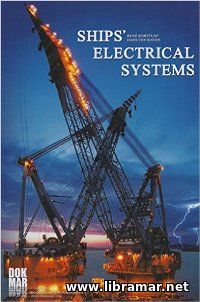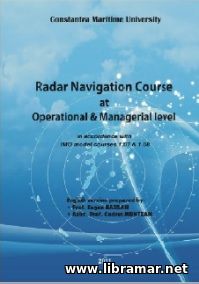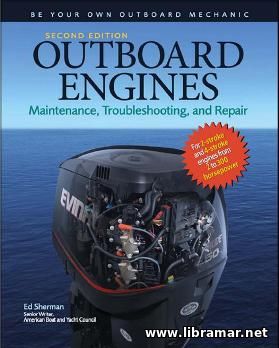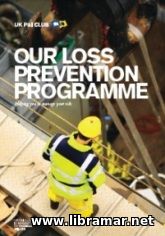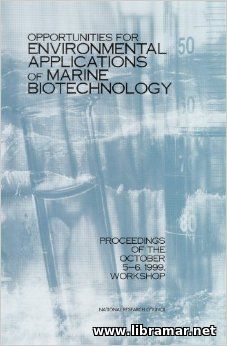
Here is a truly excellent and world popular textbook explaining the basics of the electricity and electronics. The readers of this publication will get to know the most important how and whys quite behind the basic course of electronics and electricity, and communications without actual formal training.
This book presents an excellent combination of a good home reference, self teaching guide and classroom text - it has been significantly updated to deliver all very latest technological and scientific advances. It will also be very useful for both amateur and commercial licensing exams. The author of the textbook, Stan Gibilisco, is an electronics legend and one of the most popular contemporary authors. The publication is widely supplemented with more than six hundred illustrations, test questions and practical examples.
This book shall definitely be treated as the expert how-to reference on solving the most popular problems related to the electrics and electronics, such as basic power calculations, simple voltage-resistance-current characteristics determinates, designing electrical circuits and electrical systems, acoustical- and audio systems. Note that this latest release of the book reflects the very latest technological advances in such areas as computer electronics, transmitters, amplifiers, and even the internet...
